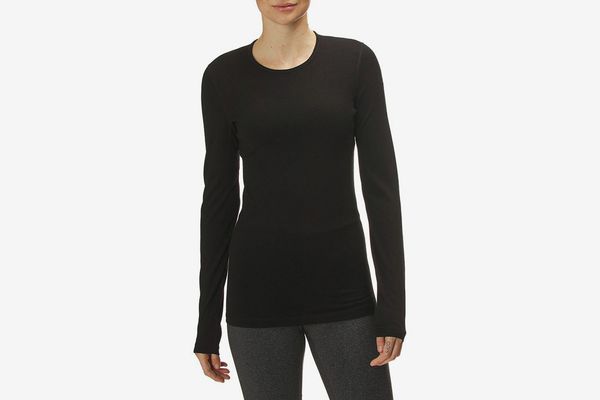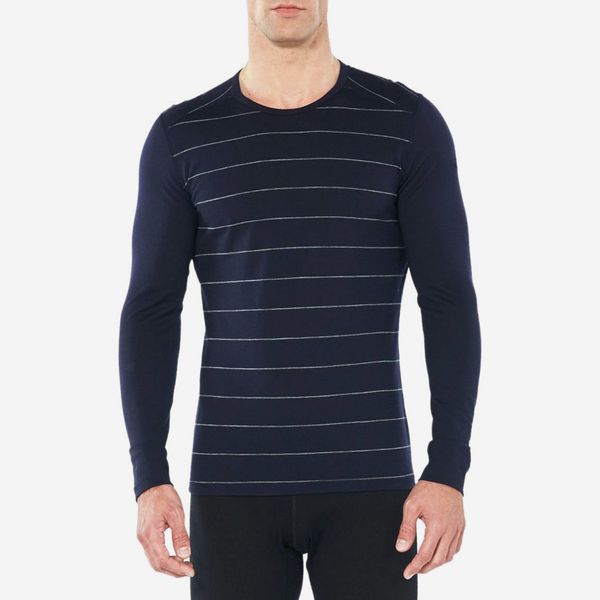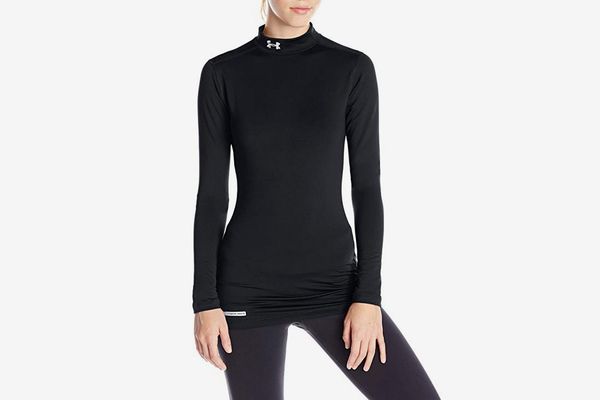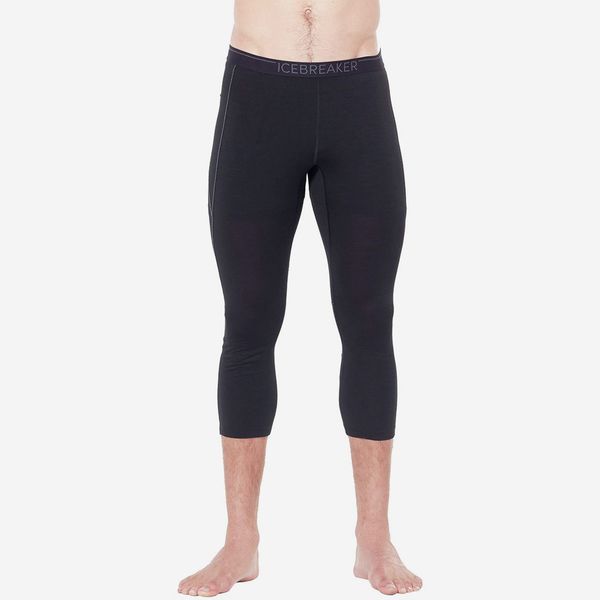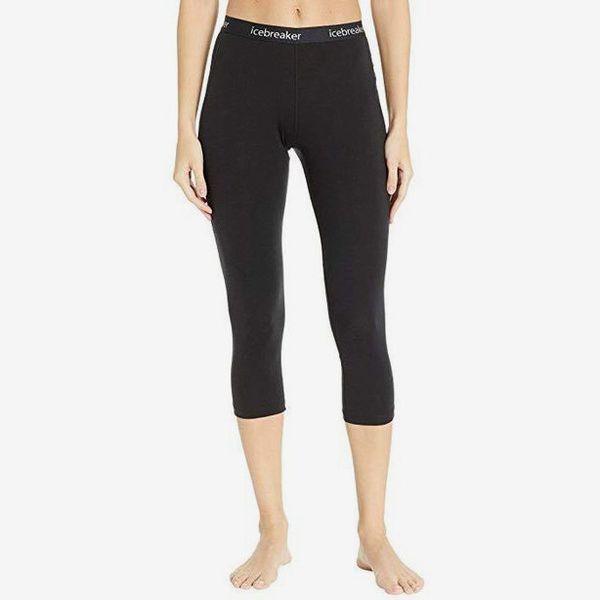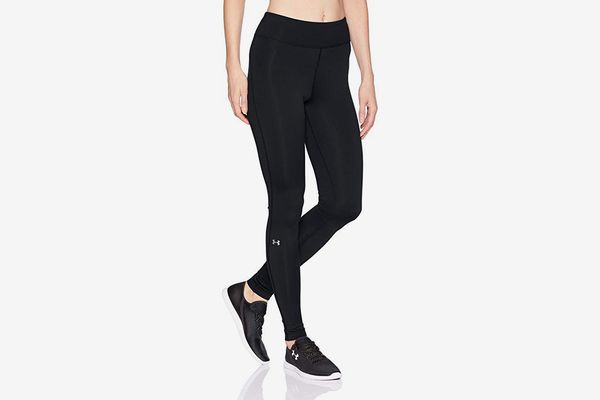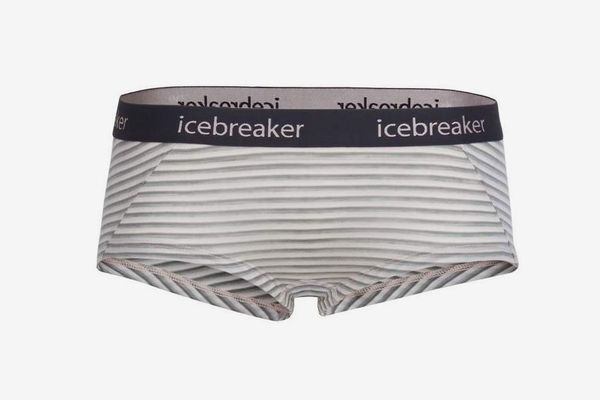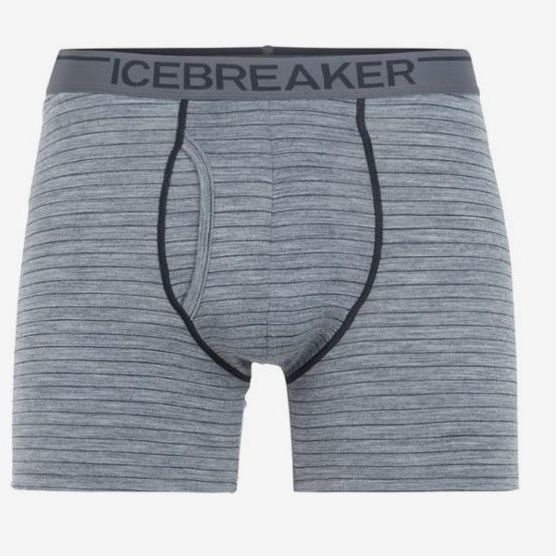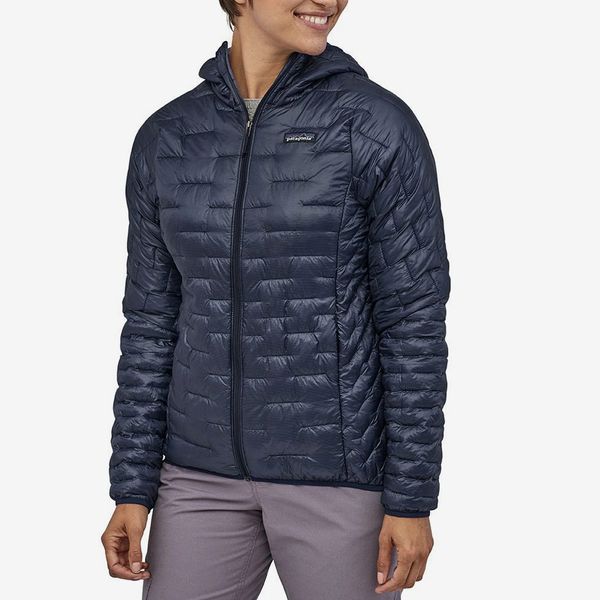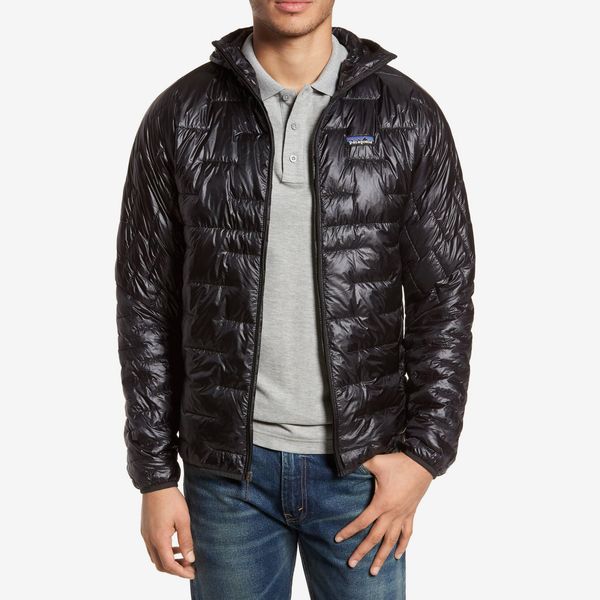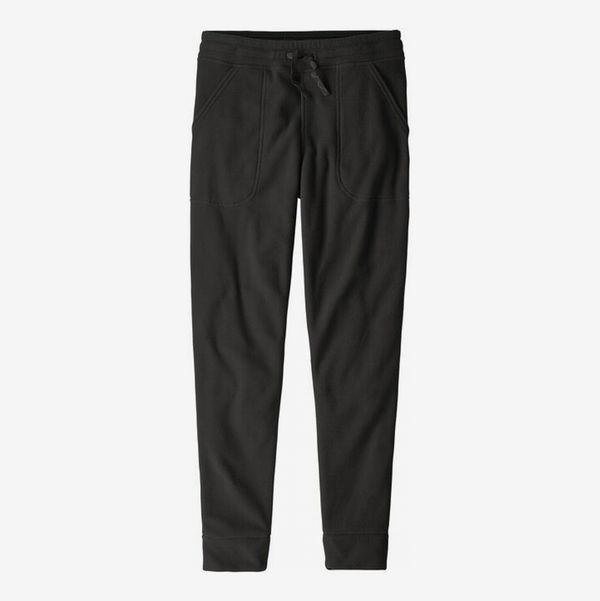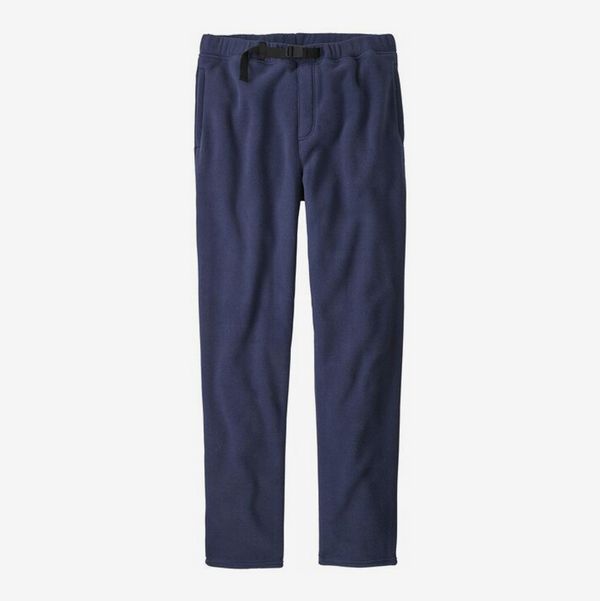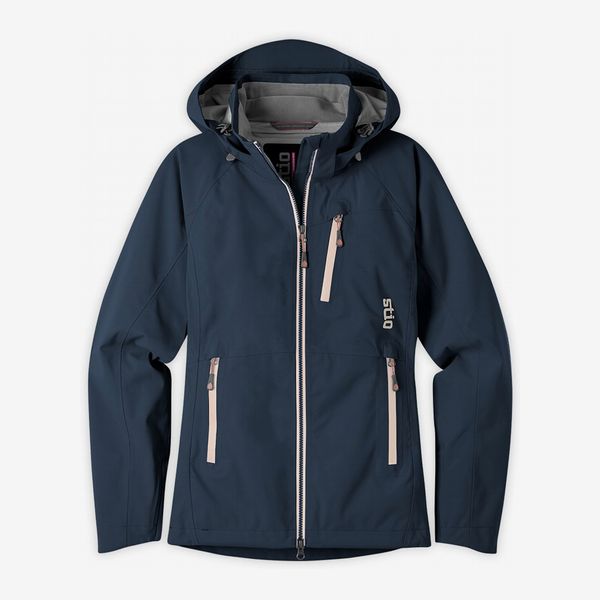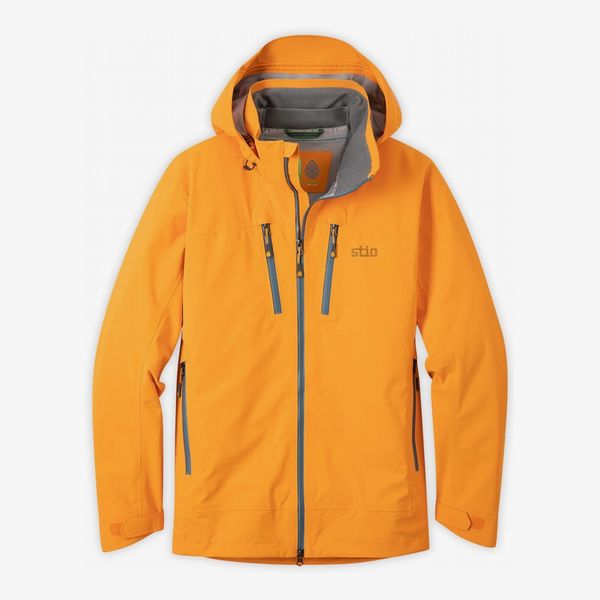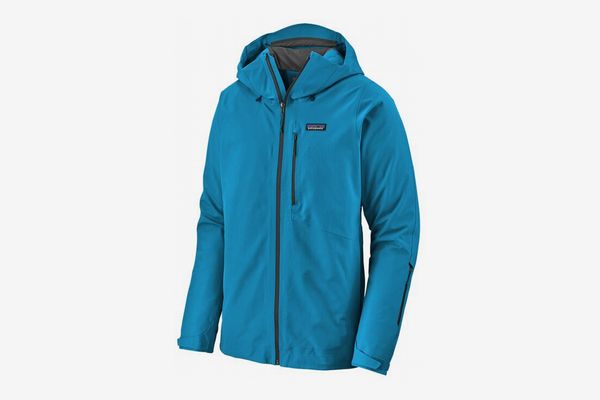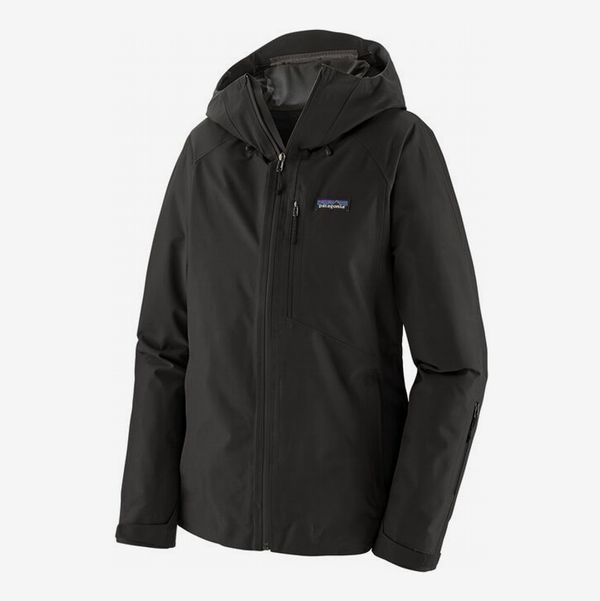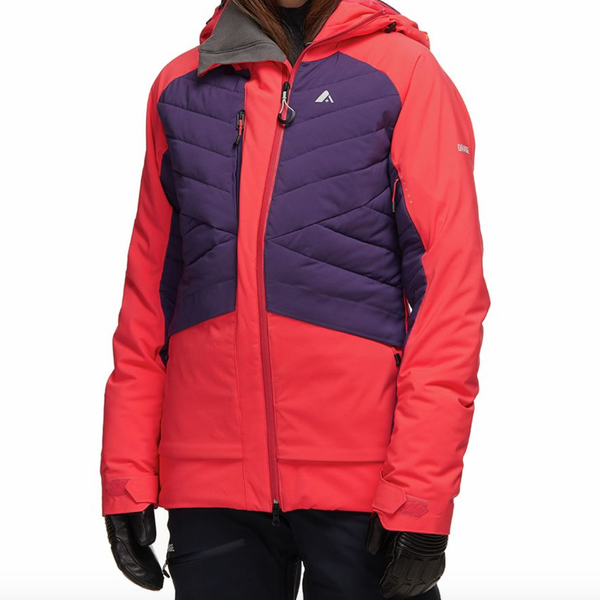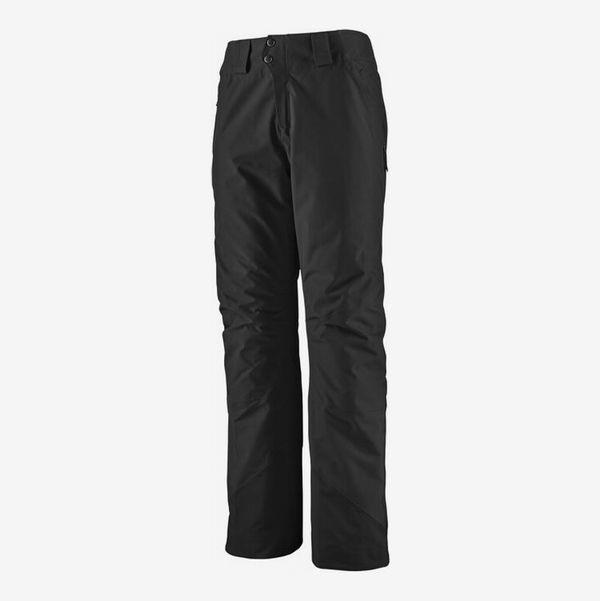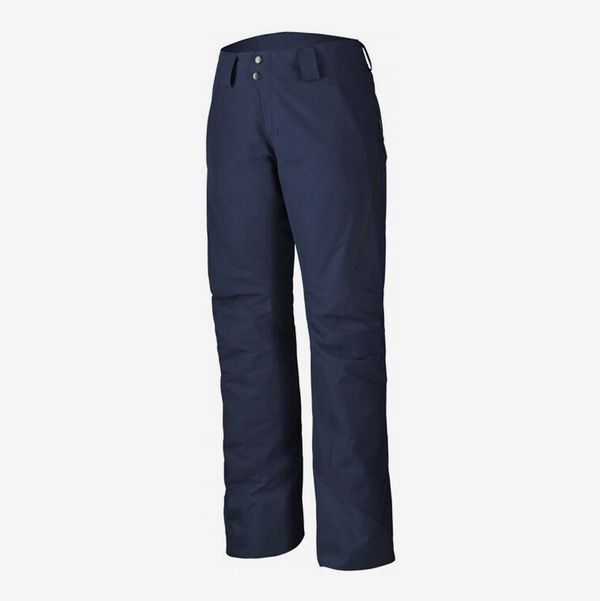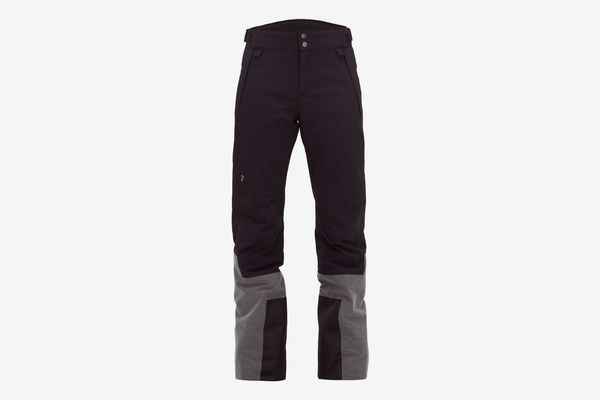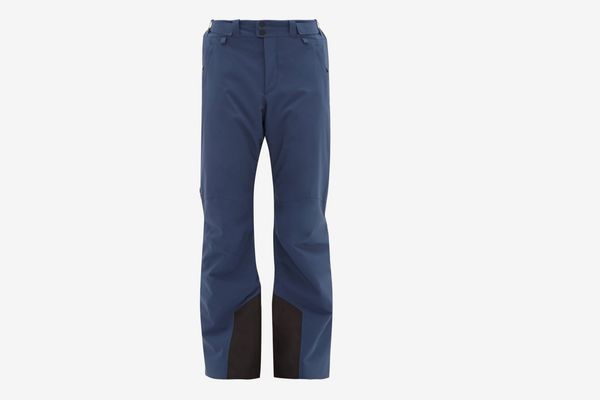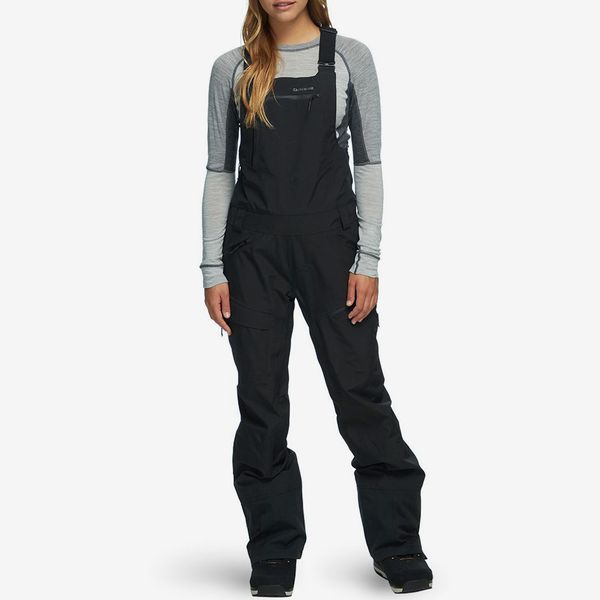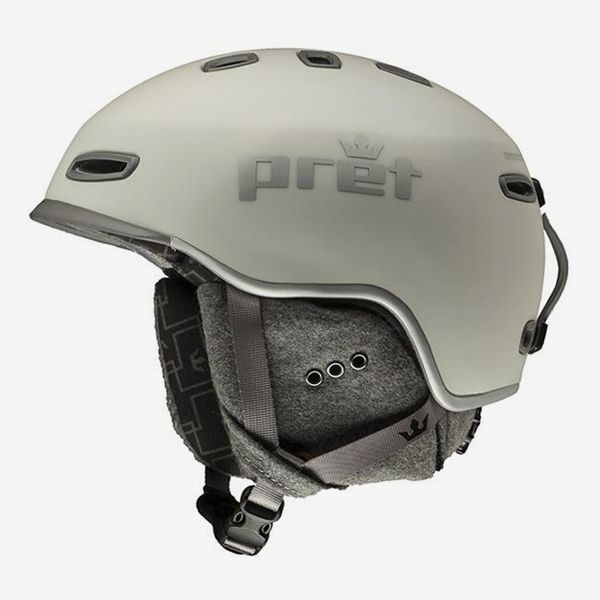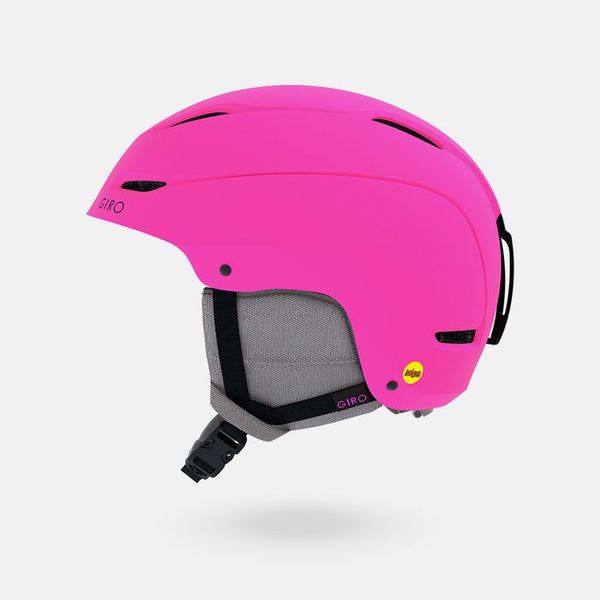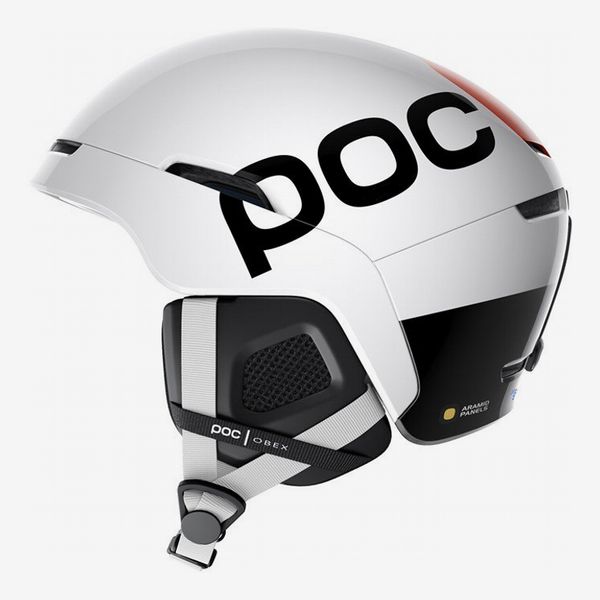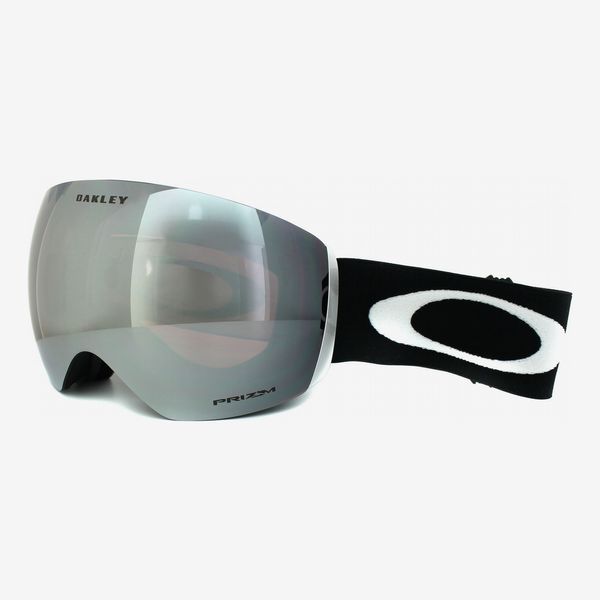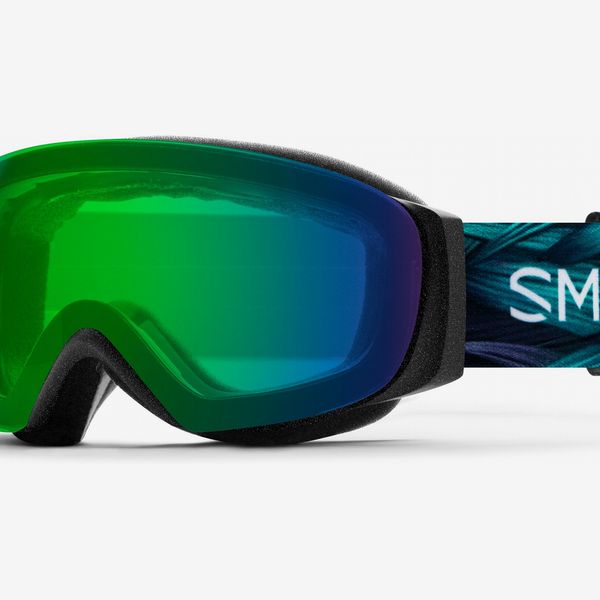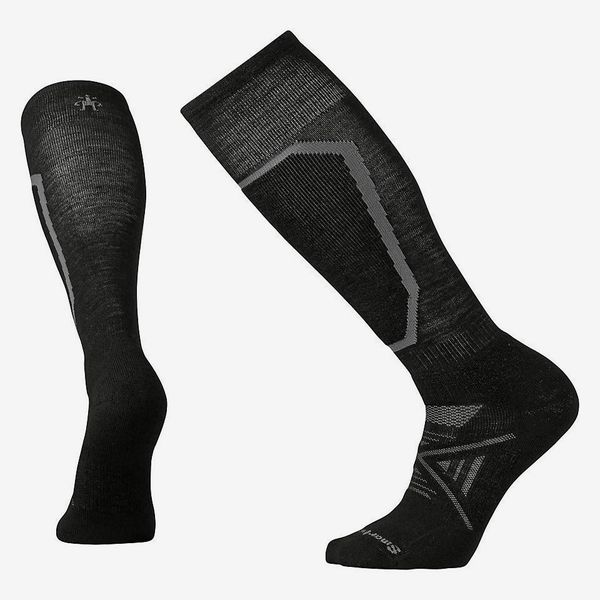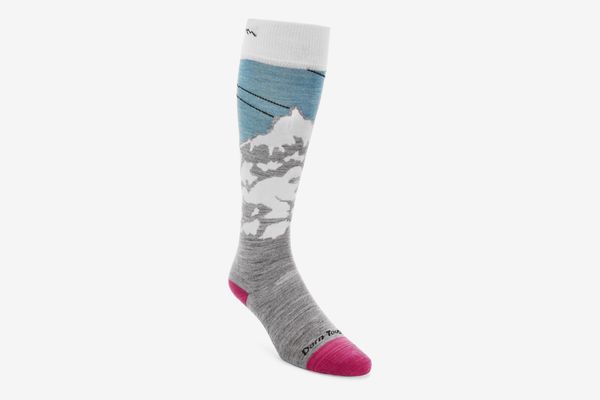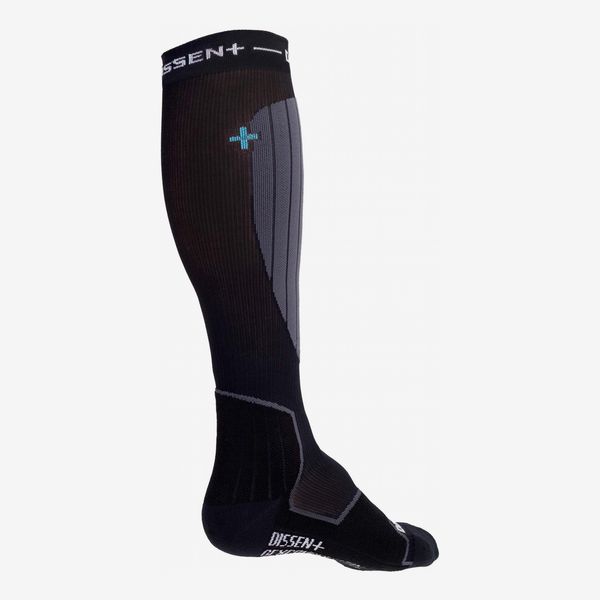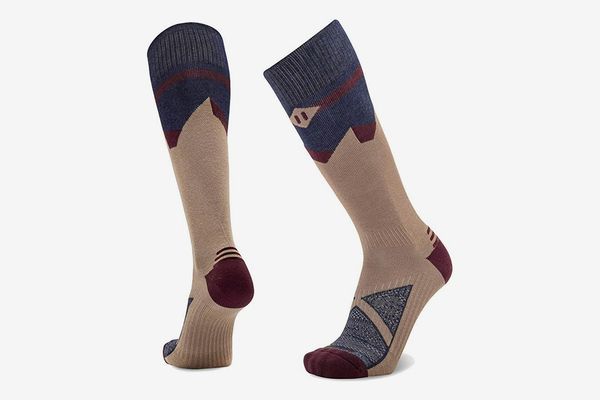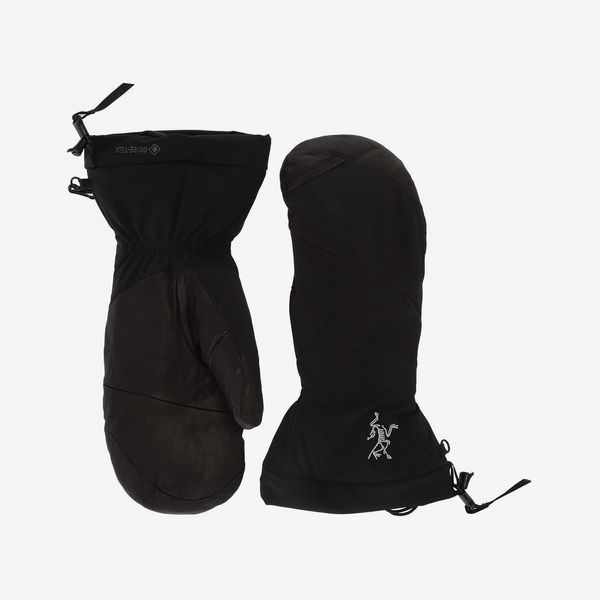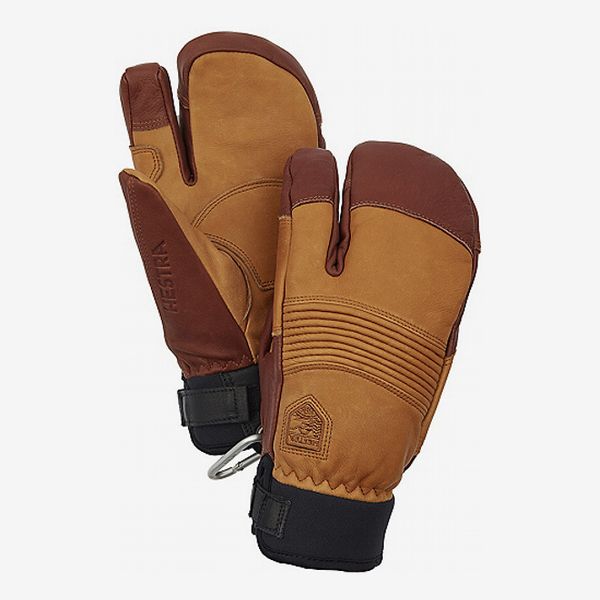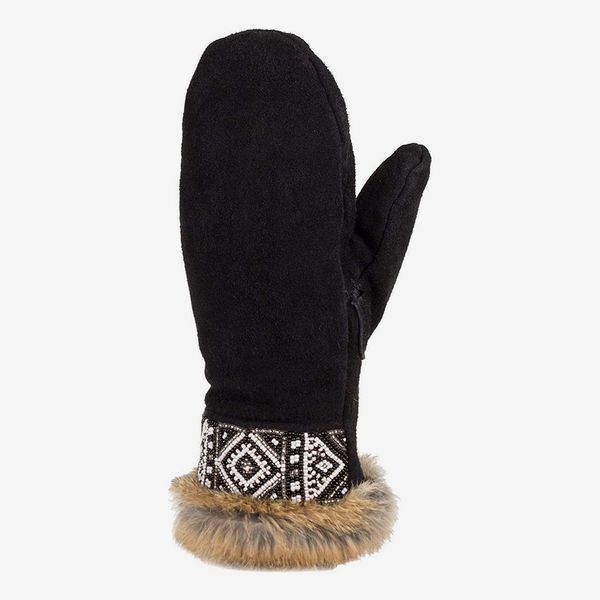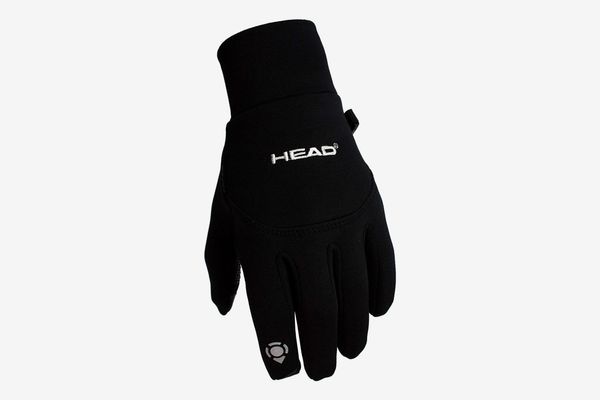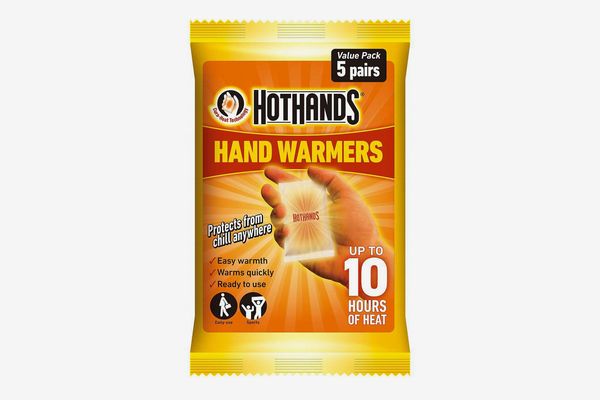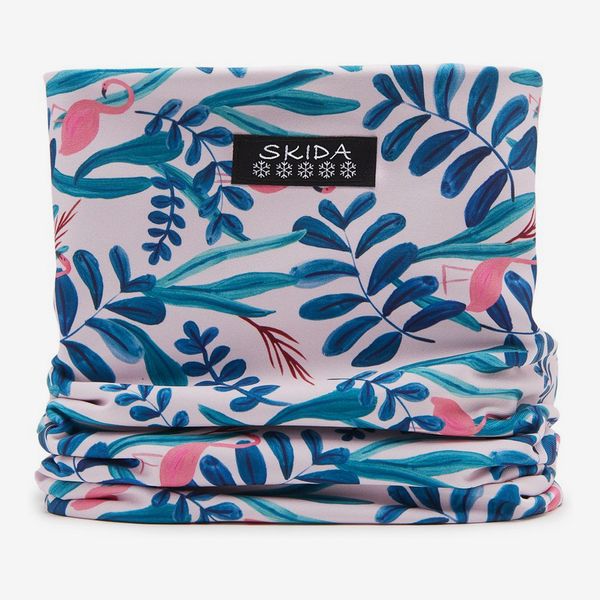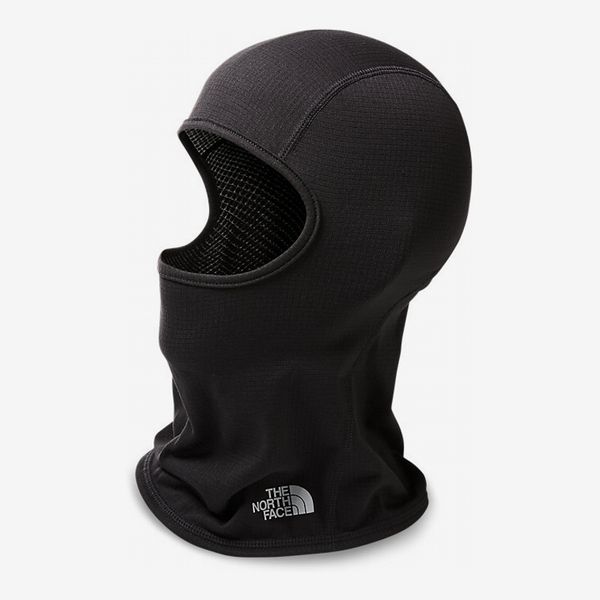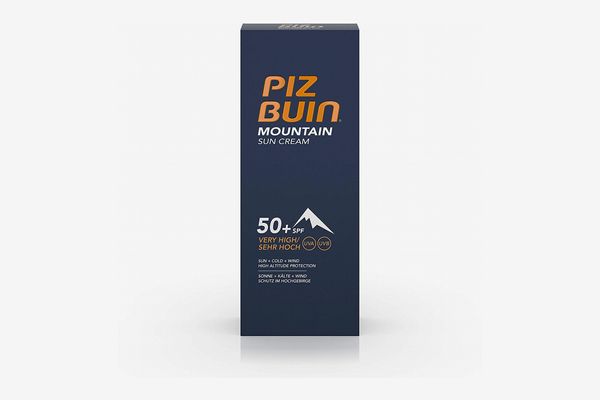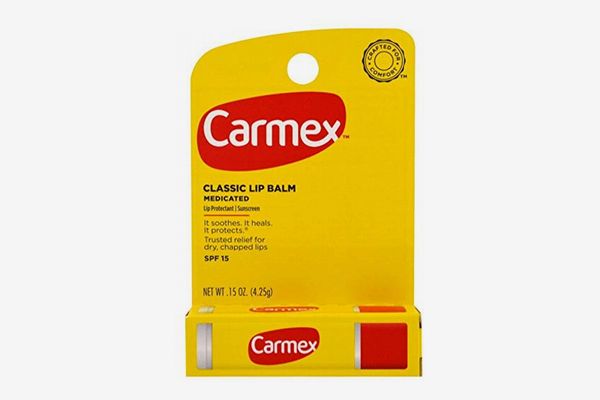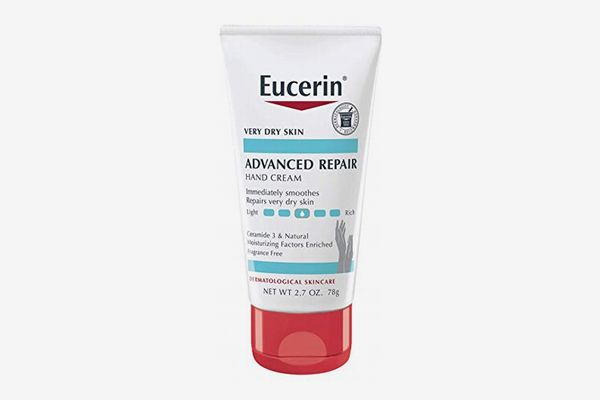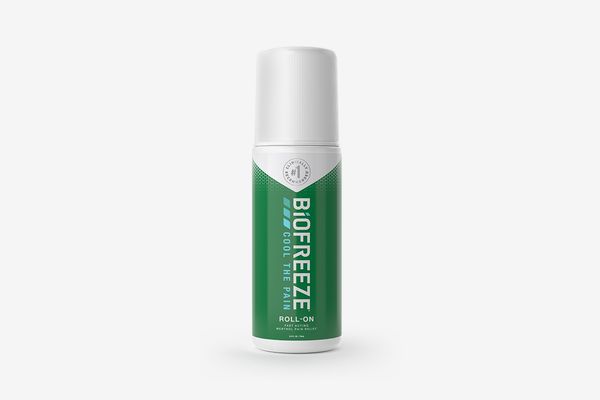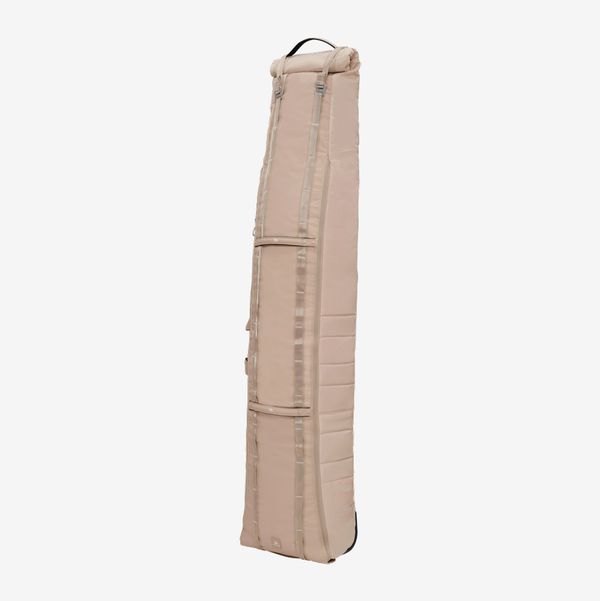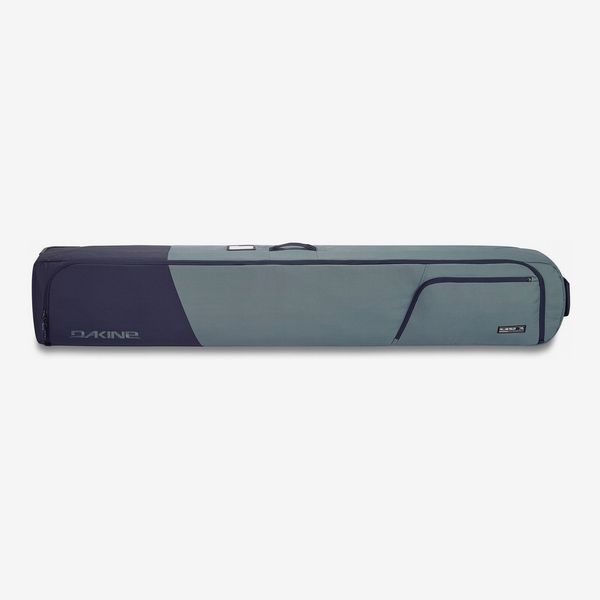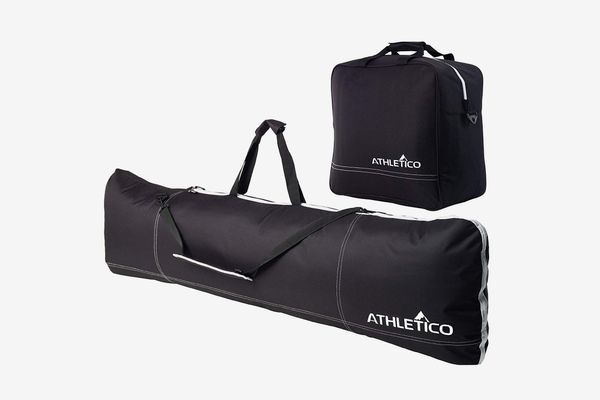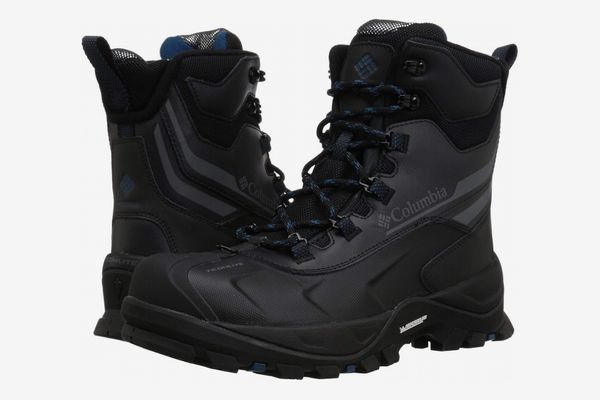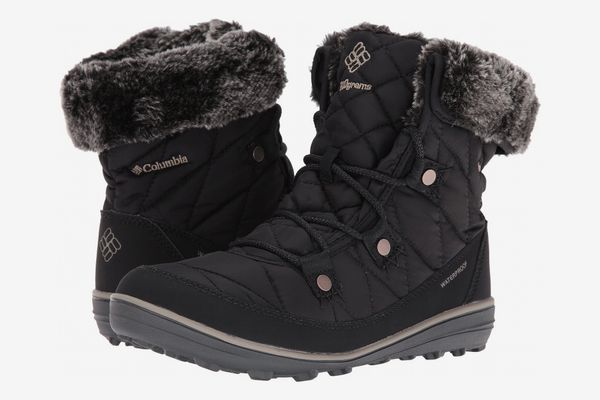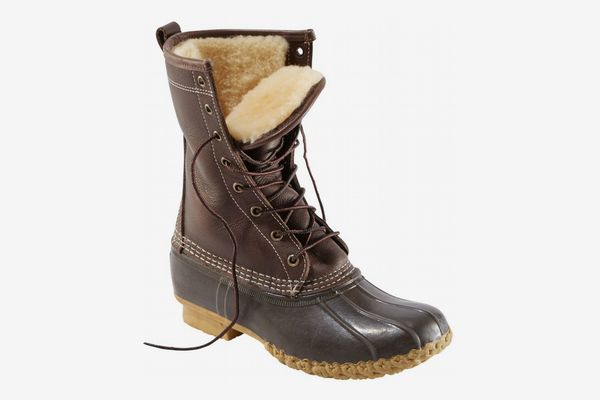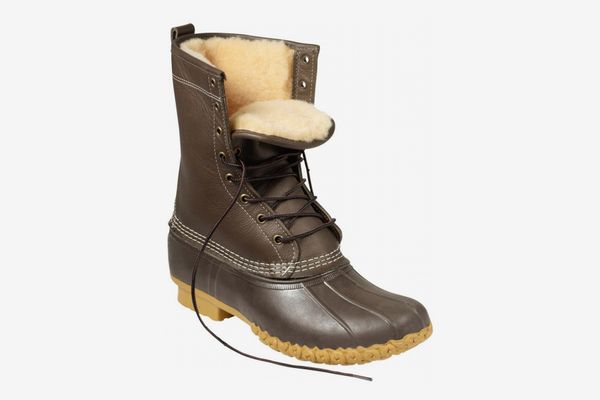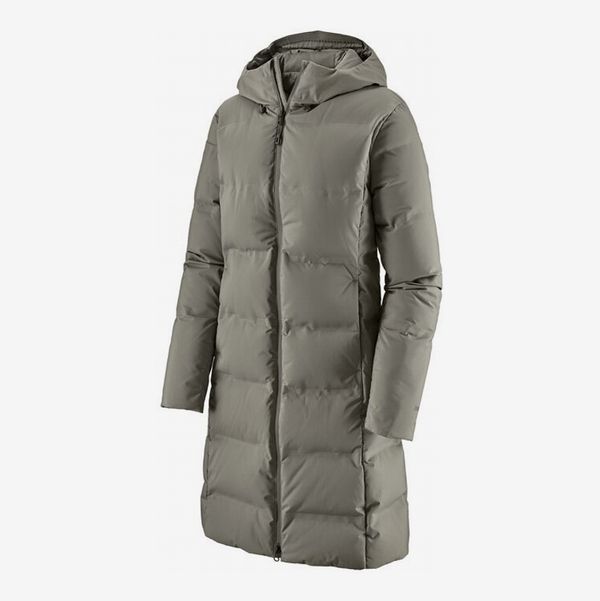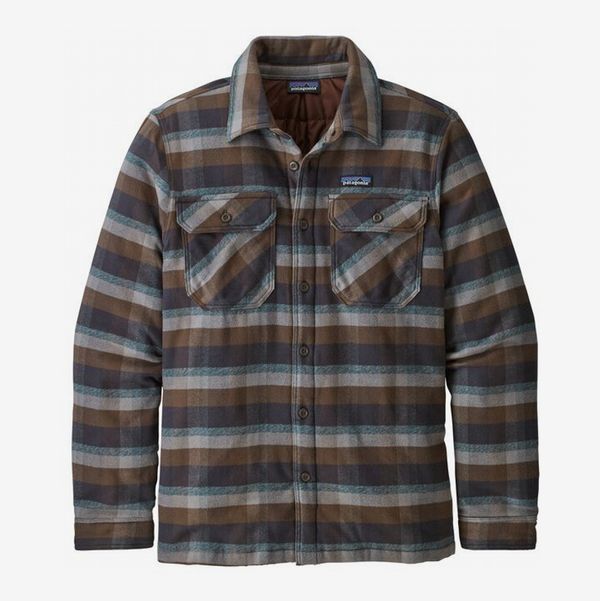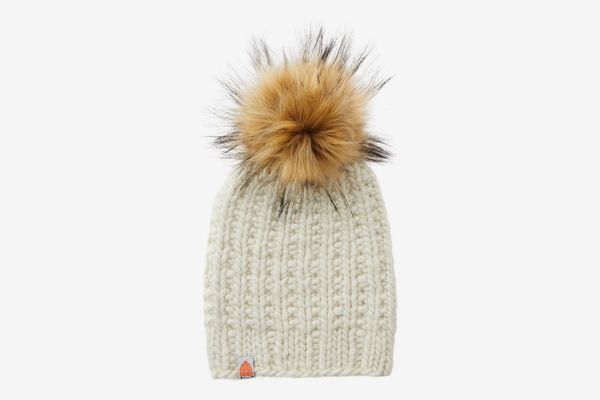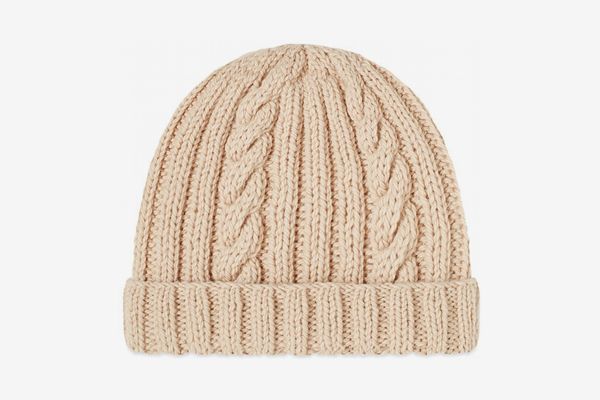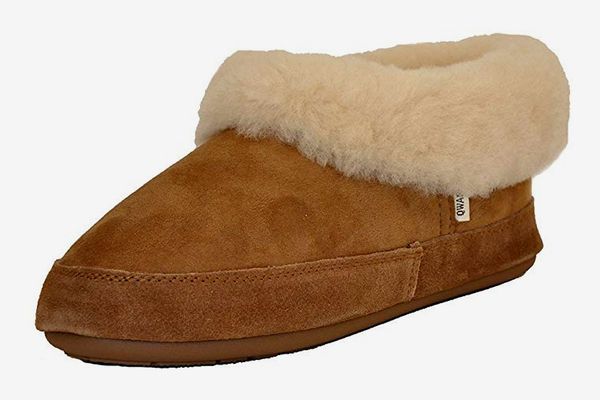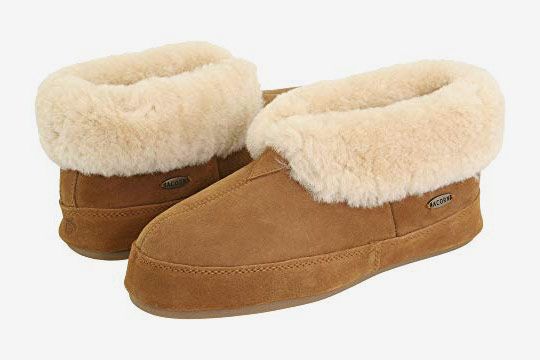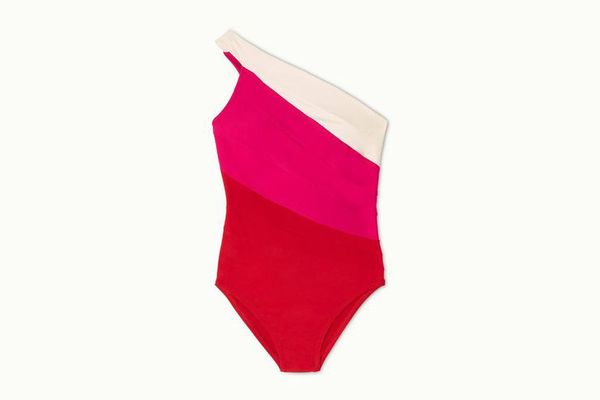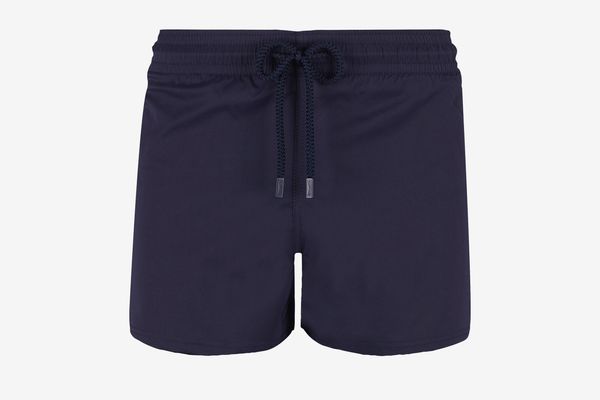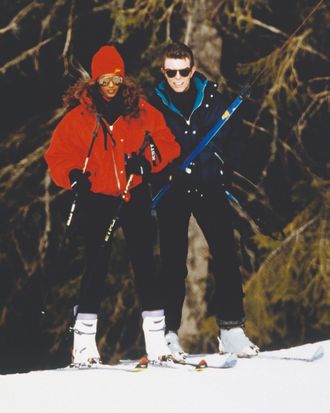
Packing is hard. Especially when the destination might involve giant mosquitoes or Instagram-worthy hiking trails. What do frequent travelers to these spots — the ones who best know how to prepare for the conditions — put in their suitcases? We’ll be tackling this in our series, the Trip List.
You can find dedicated ski bums on snow-covered mountains all year-round (when it’s summer in the Northern Hemisphere, they’ll just head south to Chile or Argentina), but right now it’s the most popular season for casual skiers (and snowboarders) to join them at resorts. And if you’re one of the latter — or a first-timer on the slopes — figuring out all the gear you need can be overwhelming. Here, we consulted with travel agents who specialize in snowy getaways, ski photographers, and several other people who have been skiing since they were old enough to walk, to find out what are the must-haves to pack for a wintry vacation. While we didn’t ask them about equipment itself (which most casual skiers or snowboarders will likely just rent), their picks include everything else you’ll need for both hitting the slope and après adventures whether you’re headed to Vermont, Vail, or the Swiss Alps.
Base layer tops
Worn closest to the body, base layers lock in heat while pulling sweat away from the skin. Lots of experienced skiers we spoke with agreed that wool is the perfect choice for a base layer material. It’s warm, dries quickly, and doesn’t hold on to odor, so you can get several days’ use out of a single piece. “Icebreaker offers some of the best quality merino wool on the market,” says Backcountry Gearhead Matt Schroer. Sarah Plaskitt, founding director of the ski trip planning agency Scout, also wears Icebreaker base layers and likes the option of choosing between different weight pieces depending on the weather conditions. If the 200-level ones featured here are too warm for you, try out the 150-weight pieces that are slightly lighter. Lyndell Keating, a co-director of ski travel agency Powderhounds, is also an Icebreaker fan. She loves that their base layers are “really lightweight and offer lots of warmth, yet breathe really well.”
If you don’t like the feel of wool, synthetic materials (like the moisture-wicking blends used in activewear) will also keep you warm and dry on the slopes. Business consultant and blogger Kelli Marks has been skiing since she was 2-years-old, and says she’s been wearing this Under Armour top for the last few ski seasons. She tells us, “it has a high neck which I like to help avoid any gaps for cold air to sneak in.”
Base layer bottoms
Like Icebreaker tops, the brand’s wool base layer bottoms are a favorite among skiers. “They perform very well in terms of temperature regulation,” says travel writer Veruska Anconitano. Compared to full-length leggings, these cropped ones won’t end up stuffed in your boots with your socks, which can limit circulation and cause cold feet. “My legs tend to warm up more than my upper body when skiing, so I prefer the legless bottoms to avoid overheating on a run,” says Schroer.
Made from the same material as the Under Armour top, this bottom base layer is Marks’ top pick for staying warm on the mountain. When she’s done on the slopes, she’ll shed her ski pants but keep these on for an après ski drink since they’re thick enough to wear on their own.
Women will likely want to wear a sports bra underneath their base layer tops, but for both genders, wearing underwear with base layer bottoms is optional, according to the folks we spoke with. You’re better off going without it than wearing cotton pairs that can chafe or hold onto moisture. If you do want the extra layer, choose a pair that’s also made of wool or synthetics. We’ve written about wearing the Icebreaker women’s underwear for running in cold weather, and they’d work for skiing or snowboarding, too. For men, the brand’s temperature-regulating merino wool boxer briefs are a worthy equivalent.
Midlayers
A midlayer in between your base layer and jacket adds warmth when you need it. “On crazy cold days, I will add a Patagonia puffy jacket under my [ski jacket],” says Daryl Morrison, a former alpine racer and ski expert for the gear recommendation and shopping site Curated. Plaskitt also relies on a Patagonia puffer when the temperature drops, as does ski photographer Mattias Fredriksson.
Legs get cold too, so Morrison wears these fleece Patagonia pants as an additional layer when it’s seriously freezing. Marks and ski photographer Lee Cohen also like wearing loose-fitting fleece pants under snow pants because, as Cohen says, they “create an air pocket” for locking in body heat.
Ski jackets
Skiers who are active on the mountain, or like hiking up to tougher terrain, might want an uninsulated shell jacket that keeps snow and wind out but doesn’t get too warm. “It gives you more flexibility with what you’re wearing and the conditions,” says Plaskitt, who likes Stio shells because they’re durable and come in a variety of fun colors. She’ll pair hers with heavier base and midlayers on colder days, and lighter ones when it’s warmer or she knows she’ll be working up a sweat.
Patagonia’s Powder Bowl jacket comes highly recommended by Schroer. “The jacket is sized perfectly to accommodate an insulating layer underneath on the coldest of days,” he says, adding that the Gore-Tex exterior offers “ultimate protection from the elements.” This jacket is a shell, which is slightly less restrictive to allow for more movement. But if you run cold or aren’t skiing as physically demanding trails, it also comes in an insulated version for both men and women that’ll feel warmer. Pete Kovacevic, who handles operations for ski travel agency Alpine Adventures, wears Patagonia jackets, too, and says all of the brand’s ski clothes are very high quality. “Whatever you buy from Patagonia, it lasts for a long time,” he says.
“With so many skiers out on the mountain, you want an outfit that will stand out so your ski buddies can spot you easily,” says Marks. She has a bright pink jacket from Orage, which makes durable jackets (hers is actually a hand-me-down from her sister that’s still going strong) in unique color combinations.
Ski pants
Marks and Schroer both recommend Patagonia ski pants. Like the Powder Bowl Jacket, the Powder Bowl pants are available in both an insulated version, and as a thinner shell. Marks calls the insulated pants “warm and durable,” and she appreciates that they have vents for warmer days and an adjustable waistband for a customizable fit.
Along with Stio, Peak Performance is one of Plaskitt’s favorite brands for ski pants and jackets (both of which she prefers to be uninsulated). “I wear quite thick Icebreaker woolen leggings underneath and I tend to be fine for all conditions,” she says. Of course, if you run cold or won’t be as active on the mountain, choose an insulated pair.
Some skiers may prefer overall-style “bib” pants that don’t leave a gap between your pants and jacket where snow can get in. Morrison especially likes these Dakine pants because they have “a drop waist [the bottom half unzips] so you don’t have to take them all the way off to use the restroom.”
Helmets
One of the most important pieces of skiing gear is a well-fitting helmet (it should feel comfortably snug and not bounce around when you move) to protect your head. “You want to like the look of your helmet because you have to put it on every time,” says Plaskitt. “You don’t want it to be something so hideously ugly that you cringe every time you put it on.” She likes the fit and feel of Pret helmets, and this one has adjustable vents and removable ear covers so you won’t overheat on warmer days.
“The most important part about a helmet is that it fits,” says Marks. She finds that Giro helmets work especially well for her smaller head. “Even if you’re a safe skier you never know about the others on the mountain,” she says, stressing that it’s crucial to always wear a helmet and replace yours every 3–5 years (or after a crash, when it may have sustained damage).
Fredriksson often skis in the backcountry, off well-marked and patrolled runs, so he likes this helmet that’s extra protective and features a scannable medical ID chip for rescuers to access his health information quickly.
Goggles
“Being able to see is important, so investing in a good pair of goggles is pretty crucial,” says Plaskitt. Goggles also protect your eyes from wind, snow, and sunlight on the slopes. While some skiers will use different pairs in different weather conditions, Plaskitt likes that this Oakley pair offers excellent visibility whether it’s bright and sunny or dark and gloomy. Kovacevic agrees that Oakley makes reliable goggles.
According to Keating, “being a ‘gaper’ [with a gap between your goggles and helmet] screams beginner,” so you’ll want to make sure your goggles fit well, too. Marks says this pair, with its smaller women’s-specific fit, works with her small face and might be a good option if most goggles feel too big.
Socks
Marks always has a few pairs of Smartwool socks in her rotation, and Schroer says the brand’s socks “blend merino wool with synthetic fibers for that perfect combination of comfort and durability, all with the ability to wick moisture away from your skin.” He advises going with the lightest weight pair that still keep your feet warm. While beginners often think a thick sock is the best option for cold days, thinner ones allow for better circulation, which is actually key to staying warm.
“The best socks I have ever used, and the only ones I buy now, are Darn Tough,” says Morrison. “They are a Vermont-based company that makes warm, durable socks that last for years. Seriously, I still have a pair from high school.” Marks is also a big Darn Tough fan and likes that they’re “thin enough to fit comfortably in my boot.” They’re also a favorite of Strategist writer David Notis, who says “they’re warm, come in a bunch of different cushioning options, and they hold up really well.”
Founded by a skier who was fed up with socks that got wet and soggy and started to stink, Dissent is Fredriksson’s go-to brand for ski socks. “They’re stretchy and you can use them for days and they won’t get so sweaty like other socks,” he says. “I also use them when I travel because they’re compressive.”
Plaskitt admits that she’s “really particular” about her ski socks, and the merino wool pairs from French brand Le Bent are one of the few that meet her high standards. “They’re really smooth and soft but they also have a good compression on them so they’re good for your muscles,” she says. Other compression socks can become painful once you’re tightly buckled in your ski boots, but she finds that these feel comfortable all day.
Mittens and gloves
Fredriksson, along with several other skiers we spoke with, recommends wearing mittens instead of gloves, because mittens have less surface area where body heat can escape. Kovacevic says to look for mittens made with Gore-Tex — like this pair, recommended by Fredriksson — because the material is both insulating and waterproof.
Plaskitt opts for 3-finger Hestra gloves because they offer the warmth of mittens but allow for more dexterity. With the index finger separated from the rest of the hand, it’s easier to buckle up ski boots or unzip jacket pockets. Schroer adds that the leather palms on Hestra gloves “offer superb grip on your poles.”
Morrison told us these are some of her favorite mittens because they’re nice-looking enough to wear straight from the slopes into town at night. “They are warm, stylish, and do a great job of keeping the snow out,” she says, thanks to the extra-long cuffs that cover your wrists.
To avoid fumbling with your phone while wearing bulky mittens, or freezing your fingers to take a selfie, Marks recommends wearing touchscreen-friendly liner gloves like these as a base layer for your hands. “They’re affordable, warm, stretchy, and I can use my phone’s touchscreen through them,” she says. “Additionally, I can easily throw them in the washing machine to clean them.”
Warm accessories
Anconitano says disposable hand warmers that heat up when they’re exposed to air are the trick to avoiding freezing hands and feet at the end of a long day skiing. “They are small and light, so they fit in every bag,” she says. Writer Melanie Musson, who lives in the Rocky Mountains and does plenty of skiing, agrees that a pair of HotHands can be a “lifesaver” on the coldest days. She says, “they’re pretty inexpensive and keep my hands warm especially when I’m on the lifts.”
Nearly all the skiers we spoke with recommended packing a neck warmer, and Morrison pointed us toward the colorful, moisture-wicking options from Skida. “They come in a lot of fun prints and are great quality,” she says.
For more protection from the cold air, Tamara Sneider (an assistant account executive at Covet Public Relations who’s been skiing nearly her whole life), wears this balaclava underneath her helmet. She says “it keeps me warm but it also allows for breathability.”
Skin- and body-care
Plaskitt says most people underestimate how strong the sun is on the mountain. Even if it seems overcast, UV rays reflect off of white snow and can cause serious sunburns. A daily sunscreen that’s waterproof and has a high level of SPF protection will work, but if you want something ski-specific, Simon Hansen, the founder of the blog Best Sports Lounge, recommends this cream. “It has a really strong defense against the cold, and keeps my skin moisturized,” he says.
“Lips get really dry while you’re skiing,” says Plaskitt, who recommends packing a hydrating lip balm (preferably with sun protection) to keep your lips from getting painfully chapped. Sneider says Carmex is her “go-to,” and it also made our list of dermatologist-recommended lip balms with SPF.
To prevent dry and cracking hands, Sneider relies on Eucerin hand cream to keep her skin hydrated in the cold. She tells us it’s “very strong and helps moisturize my dry hands very quickly.” Put a small tube in your jacket pocket to reapply at lunchtime.
Skiing works different muscles than you’re probably used to using in your everyday workouts, so it’s likely you’ll experience a little soreness after your first day. “Biofreeze helps relieve my sore muscles,” says Musson of this roll-on pain relieving gel that contains cooling menthol for a soothing sensation. In a tiny 3-ounce package, it’s also TSA-friendly.
Ski bags and luggage
If you’re skiing for the first time, or you don’t plan on going more than a few days per year, you’ll likely want to rent skis at your destination so you don’t have to lug them around. If you choose to buy your own, though, Plaskitt likes this ski bag from Db that has wheels, can attach to a backpack, and is “quite stylish” for skiing luggage.
Kovacevic says Dakine is his “number one choice” for ski bags because the brand’s options have plenty of room for transporting skis, poles, boots, and other gear. “You can put your ski boots in one compartment, they have an additional small compartment for your helmet, and then another big one for clothes,” he says.
One of the best-rated (and relatively inexpensive) snowboard bags on Amazon, this reviewer-favorite holds a snowboard, jacket, pants, and other clothing, and comes with a bag for boots. “The over the shoulder strap also made carrying the bag super easy,” writes one reviewer, and others also noted that the shoulder strap is padded for comfortable carrying.
Après-ski gear
Nobody wants to slip on a slushy sidewalk on their way to après ski drinks and dinner, so the need for warm and waterproof gear doesn’t stop when you get off the mountain. “My fiancée and I both swear by Columbia footwear for grip, support, and waterproofing,” says Kene Ezeji-Okoye, the head of content at the ski lesson booking site SkiBro. These are the pairs they wear for navigating an icy ski town.
“A lot of people wear L.L.Bean boots,” says Plaskitt, which isn’t surprising considering the rugged, waterproof Bean Boots are a reliable winter staple. No fewer than six Strategist writers and editors own a pair, including three who went for the extra-cozy shearling-lined style.
Plaskitt and Schroer both like Patagonia’s more casual jackets for walking around town. “Anything mid-thigh is a great idea if you plan on being outside a bit,” says Plaskitt. “Down is super light for travel and packing.” For men, Schroer likes this insulated flannel style that he says “keeps you warm and looking good at the same time.”
As Marks says, a cozy hat is a good to have since it provides “warmth on the way to the mountain and covers helmet hair on the way home.” She recently splurged on a similar handknit wool beanie from Sh*t That I Knit that she says is as stylish as it is practical. “I happily wear it to and from the mountains, and also for après.”
When a Strategist reader asked our columnist and Resident Cool Guy Chris Black to recommend beanies, he suggested this very classic-looking chunky cable-knit beanie. From the Scottish brand Inverllan, the lambswool cap has a foldable brim in case you need extra warmth around your ears.
“Ski condos are often chilly,” according to Marks, so she always packs her Qwaruba sheepskin slippers to keep her feet warm when hanging out at the lodge. She says they’re “high quality, soft, and cozy — perfect to slip on after a long day of skiing.” For more comfy slipper options, we reviewed a handful of wool styles here.
A similar style for men, these slippers have been Strategist writer Notis’ favorite for more than 15 years. “The shearling collar flips up for when it’s really cold,” he says. “The memory foam cushioning is comfortable and supportive.” They’re not the cheapest option out there, but he thinks the Acorns are “worth the premium” because they a rubber sole so you can wear them for quick trips outside, and they have a very plush lining.
Several of our experts said that the item most people forget to bring on a ski trip (and regret not bringing) is a bathing suit. It’s not the most obvious item to pack for a vacation in cold weather, but since lots of ski lodges have hot tubs for aprés-ski relaxation, it’s certainly nice to have. As Plaskitt says, “the last thing you want is to have to buy the one swimsuit that’s on sale in the hotel, because usually they’re hideously ugly.” Think ahead and pack a suit you’ll be excited to show off, like this color-block one-piece from Summersalt or a pair of Vilebrequin trunks recommended by Black.
The Strategist is designed to surface the most useful, expert recommendations for things to buy across the vast e-commerce landscape. Some of our latest conquests include the best acne treatments, rolling luggage, pillows for side sleepers, natural anxiety remedies, and bath towels. We update links when possible, but note that deals can expire and all prices are subject to change.
